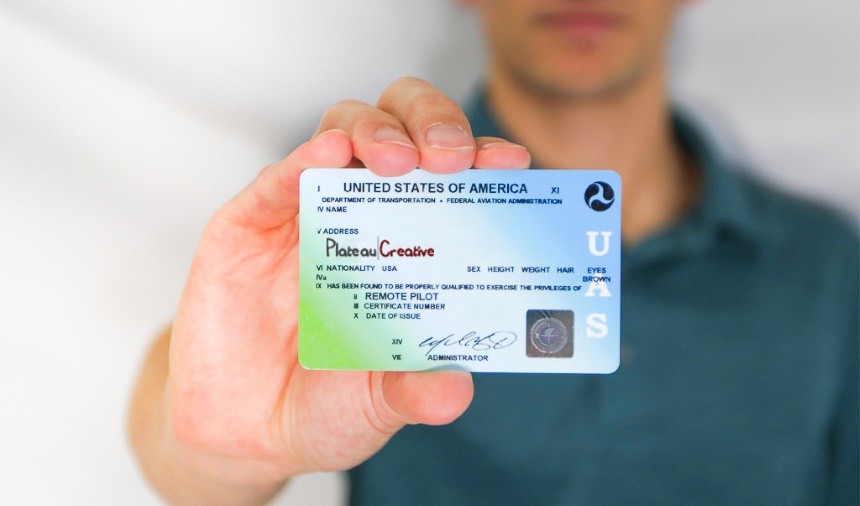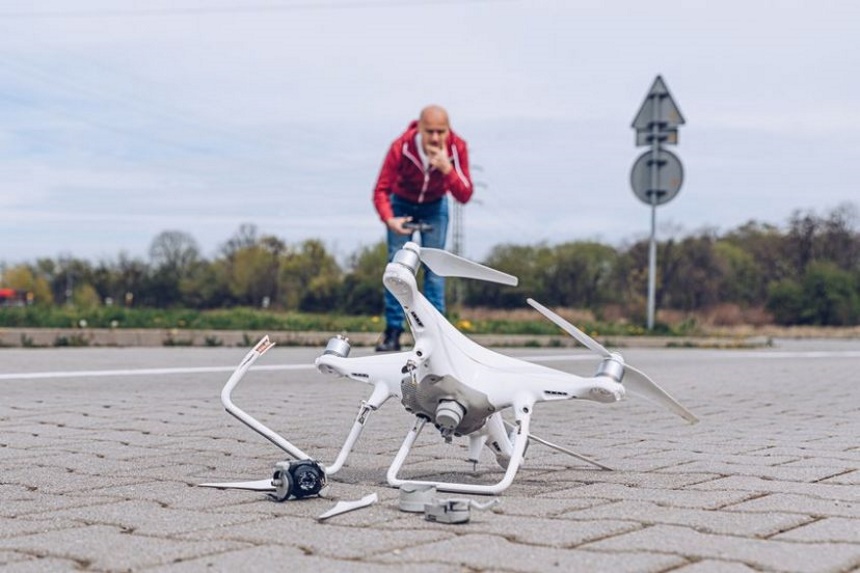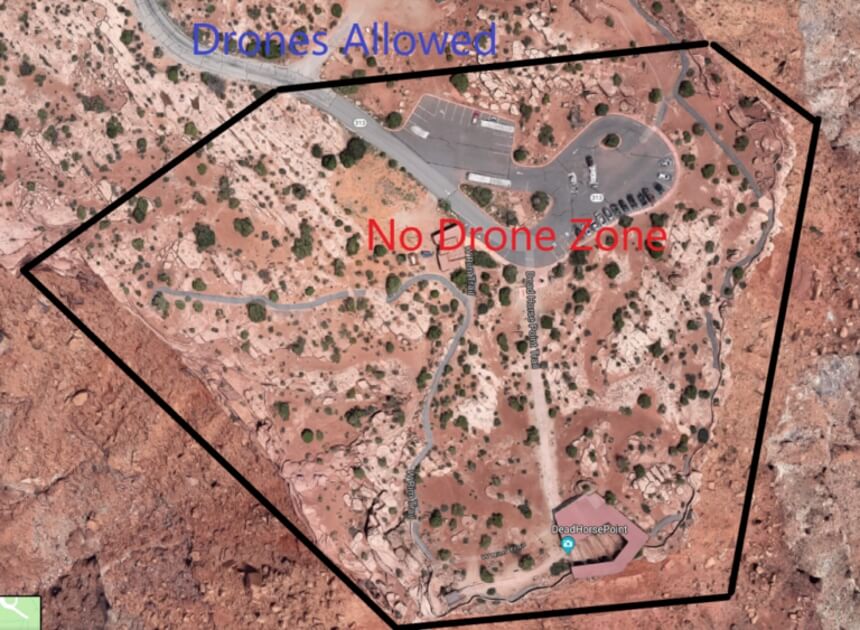Drones were formerly only considered as toys for hobbyists, flying cameras of the rich, and as premium military surveillance machines. Even when they became more popular as a trend, a lot of people ignored them since trends are known to come and go after some time, but drones remained. Now, their relevance has been discovered by all sectors of the world. Everyone now envies the results of their application.
For entrepreneurs, businesspeople, and opportunistic individuals, starting a drone business in this age is an unregretful venture as the demand for drone services surges every day. And only a few people offer these services, meaning that the likelihood of a newcomer making a massive profit in the business is high. However, just as any business, to guarantee your success, you must take some initial steps. In this post, we will be sharing all of the steps with you.
As much as the drone business is not a crowded business venture, for you to be successful and make maximum profit, you must take some steps. And that is what we will be focusing on in this post. Now, what are the steps you need to take?

The first step is getting officially certified.
Before you can use a drone for business, the law requires you to have a Remote Pilot Certificate, and this can only be obtained from the aviation governing authority, the Federal Aviation Administration (FAA) Trusted Source Federal Aviation Administration The Federal Aviation Administration is an operating mode of the U.S. Department of Transportation. www.faa.gov . The certification regulation for flying a drone for business is seen in the FAA Part 107.
Before you can get certified by the FAA, you must fulfill the steps stipulated in the FAA Part 107. The first step is to learn the rules of flying every Unmanned Aircraft System (UAS) Trusted Source Unmanned Aircraft Systems (UAS) Whether you’re a new drone pilot or have years of experience, rules and safety tips exist to help you fly safely in the national airspace. To get started, be sure to select which type of drone user you are and find out what rules and regulations apply to your specific situation. You can then begin researching where it is safe to fly and when you need approval to fly. www.faa.gov , become an FAA-Certified drone pilot by passing a knowledge test, and register your drone with the FAA.
Also, to be eligible to get a Remote Pilot Certification, you must tick the following box:
Secondly, you need to do market research to know for sure what drone business service will strive in your locality. You cannot just buy a drone and dip your feet in any drone business service. In fact, you might have to do market research in a location other than where you reside. Your drone business might strive more in another location.

The type of service you will be rendering determines the kind and amount of drones you will buy. For example, if you want to capture photos or videos from the sky, you will need to attach your camera to your drone.
Professional and high-quality cameras are known to be heavy. This means that you will have to use a reliable hexacopter drone for better speed, power, and stability. Other drones, as suggested by drone experts, that can be used for ultimate photography and cinematography are the DJI Air 2S and Ruko F11 Pro.
You can also decide to use your drone for agricultural surveillance purposes. This is used in farmlands that are large and cannot be inspected all the time by manual laborers. Farmers can also use surveillance drones for pest identification, agricultural applications like pesticides, fertilizers, and so much more. Another market you can embrace is the inspection industry. This is used in the real estate industry to give a good view of how the home is, both inside and outside. You can even get specialized drones that can be used for a roof inspection.
Other drone businesses you can venture into are:
The next step to take is the development of a plan. This is more like the blueprint of a business. It involves you drafting out how your business will be run, the drone business service you will render, the equipment and the software you will need, and any other thing your business needs to be successful. Your business plan could be a long, formal document, and at the same time, it could be short and informal.
Your business plan defines how your business will be, so you must be intentional about developing an excellent plan. You can check out how existing businesses conduct their business. Note their strengths and their weaknesses. Find a way to incorporate the lessons learned from their businesses into your plan to stand out.
Also, when drafting your business plan, you can go to the Small Business Administration (SBA) website Trusted Source SBA.com® - Small Business Advice SBA.com® is proud to have helped small businesses throughout the COVID-19 pandemic www.sba.com and assess their free and helpful resources. They have some free, fantastic templates and tools that will act as guidance as you start your business. You can also find free and helpful resources on the Service Corps of Retired Executives (SCORE) website Trusted Source Homepage SCORE SCORE is the nation’s largest network of volunteer, expert business mentors. We have helped more than 11 million small business owners since 1964. www.score.org . On the website, you will find mentors who will give you free advice on how to run your business. These mentors are seasoned professionals who have retired, so they are experienced and have premium tips to share.
Some of the business structures you can choose from are sole proprietorship, partnership, and Limited Liability Company (LLC). Sole proprietorship business structure means you are the sole owner and chief executive officer of the business. Partnership business structure is the coming together of 2 to 50 people to form a business. LLC is the coming together of numerous people to own a company; there’s no limit to the number of owners.
In this step, you will be considering everything that has to do with finances, i.e., inflow and outflow of money. You will need to provide answers to questions that affect your business’s success. Some of the questions are:
You will also need to project your revenue. At this stage, you must be realistic. Ensure that the estimated figures are realizable. Then, compare it with your total expenses to know if it will result in a profit or loss. If it’s a profit, you can go on, but if it’s a loss, you should stop. It’s also essential that you know that you won’t be making thousands of dollars as profit in the early days of your business, so don’t be discouraged with the estimated profit figures.

One other thing you need to put into consideration is accidents.
Even certified drone pilots still have accidents, so you need to consider how you will mitigate losses if it happens. The best way to reduce losses is insurance. Ensure you make plans to ensure your drone. There are two different types of drone insurance you can choose from. They are:
In this step, you have to decide on the accounting system to use. It’s imperative that you have a standardized accounting system. Don’t keep the account in rough or random books. You can use spreadsheets. You can also make use of off-the-shelf accounting software like TurboTax or Wave. Don’t play with your account system; always record transactions as they happen. This will help you greatly in tax seasons.
Every business must have a distinct name. So, you need to brainstorm for a name that is unique and portray what your business stands for. You could derive the business name from the situations that led to you thinking of starting a drone business. Or the business name can be derived after some discoveries you had when you conducted market research. Another option is contacting branding agencies to help you come up with a name.
It is essential that you check and confirm that the name you chose is not already used by another business. To find out, input the name on a website and search. If a business is already using the name, the business information will be seen.
You might also be burdened with different location options. If you are in this situation, you will have to settle for one option.

Let the market research decide where your business will be located.
Your market research might have led you to a different location different from where you reside. If this is the case, you will have to choose the location over the place where you live for your business. This is because your business might not be successful in the location where you live as it would be in your market research location.
As the federal government has its own drone regulations, so also does each state and every location. An example is the Utah drone laws and regulations. So, you must consider the laws of any location your business will be situated.
After everything is set up, you will have to set up a team. Make sure that all the members of your team are competent and they have completed all the necessary training. Inform and confirm that each of them knows their roles. Also, stipulate internal policies that will ensure that all your aerial operations are safe.
In fact, you can take your team members through advanced training. This will make you stand out from your competition. Moreover, as your business progresses, you will need a training model that you can put your team through, especially when you employ new staff.
A reliable resource you can trust to put you through in this step is the Service Corps of Retired Executives (SCORE). Since the organization is made up of seasoned professionals, they will be able to give advice from their experience as to what and what you have to do.
After getting your team and putting them through advanced training, your business is ready to be launched. You can now officially start your drone business. But people won’t know if your business is unless you inform them. So, you have to be intentional with promoting your business. You can do this by designing and printing business cards and flyers. You can also do this through phone calls, email campaigns, or even person-to-person, i.e., going from door to door.
The drone business is a lucrative and very fruitful business to venture into. But some people are still ignorant of it. All they see drones as are technological devices that can only be used by selected industries. If only they could see through a different lens to see the business opportunities that drones provide.
However, in this article, we’ve lightened the weight of starting a drone business as we’ve discussed all the steps you need to take. Follow these steps accordingly, and at the end of the day, you will have a successful and profitable drone business to call your own.